The Removal of Data in the Schengen Information System (SIS)
The Schengen Information System (SIS) is a vital tool used by countries within the Schengen Area to enhance cooperation and facilitate border management. It serves as a shared database for information exchange, including alerts for wanted persons, missing individuals, stolen objects, and more. However, the removal of data from the SIS is equally important to ensure the accuracy and fairness of its functioning.
When it comes to the removal of data in the SIS, there are specific procedures and criteria in place that aim to strike a balance between the legitimate interests of individuals and the efficient functioning of the system. These procedures are designed to uphold fundamental rights and protect individuals from unwarranted consequences or excessive data retention.
One key aspect is the principle of proportional data retention. According to this principle, data should only be retained for as long as necessary, taking into account the purpose for which it was entered into the SIS. This ensures that outdated or irrelevant data is removed to maintain the integrity of the system.
Another crucial factor is the right to access and rectify personal data. Individuals have the right to request access to their personal data stored in the SIS and can correct or delete inaccuracies. This empowers individuals to control and protect their personal information.
Moreover, data in the SIS must be assessed periodically to determine its necessity. Reviews and evaluations play a significant role in identifying data that should be removed, either because it is no longer relevant or because the related circumstances have changed.
It is worth noting that the removal process must be carried out diligently and in compliance with data protection regulations. The General Data Protection Regulation (GDPR) provides a comprehensive framework for ensuring the proper handling, retention, and deletion of personal data.
Overall, the removal of data in the Schengen Information System is a crucial aspect of data management and protection. It maintains the accuracy and effectiveness of the system while safeguarding the rights and privacy of individuals. By adhering to established procedures, the SIS ensures that information is up to date, relevant, and respects the fundamental rights of individuals within the Schengen Area.


